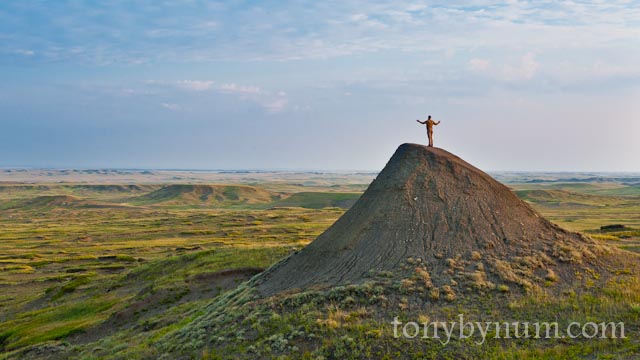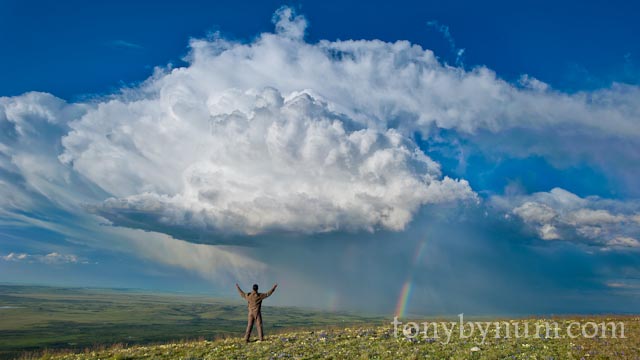Montana Prairie - it's not all just flat, dry, BLM land
Montana Quarterly Magazine features an essay by award winning author Scott Mcmillion about an important prairie conservation project conducted in the wild prairie lands of Montana . . . One of the most rewarding and fun projects I've ever had the privilege to work on . . . Stacy Dolderer and I had a great time exploring places few people ever get to see . . .
I'm taking this show on the road later this winter and into the spring. I'll be speaking in Missoula, Bozeman, Helena, Havre, and Billings . . . Stay tuned for dates, time's and locations!
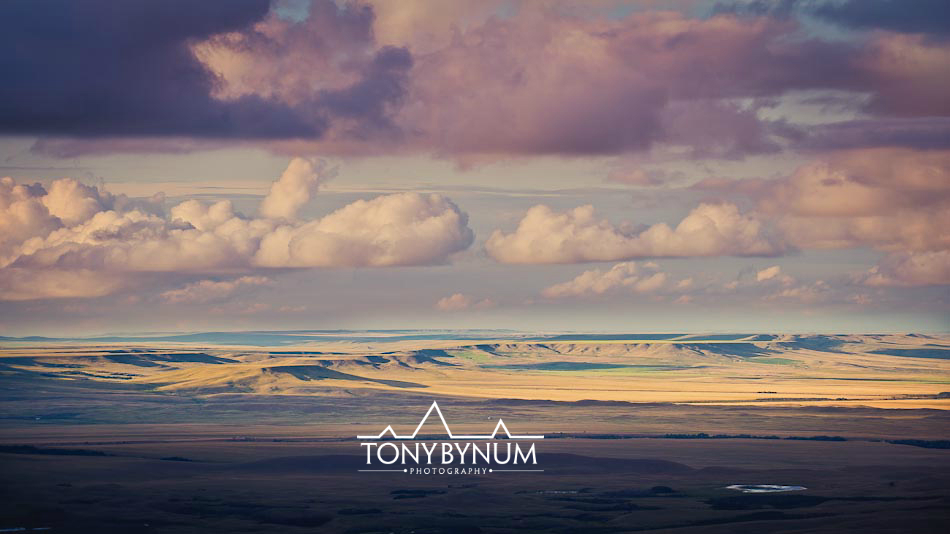

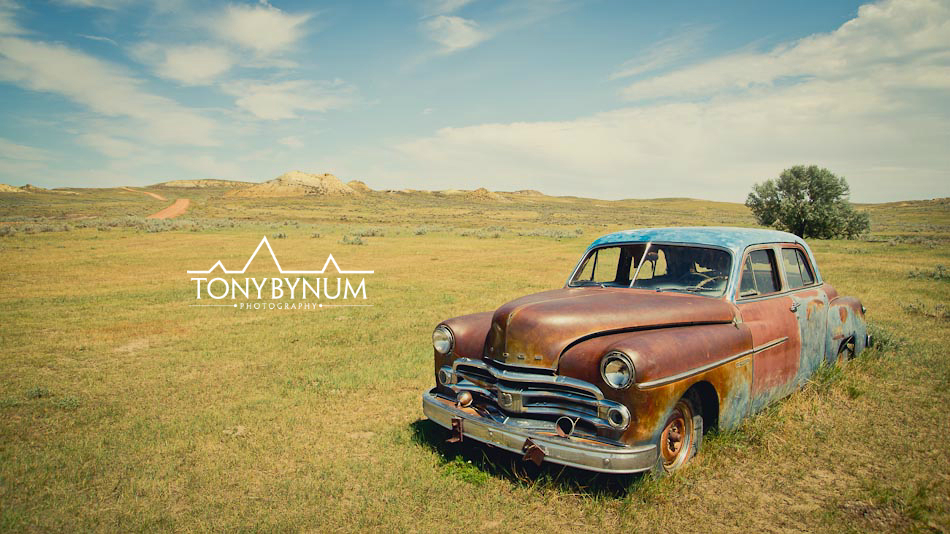
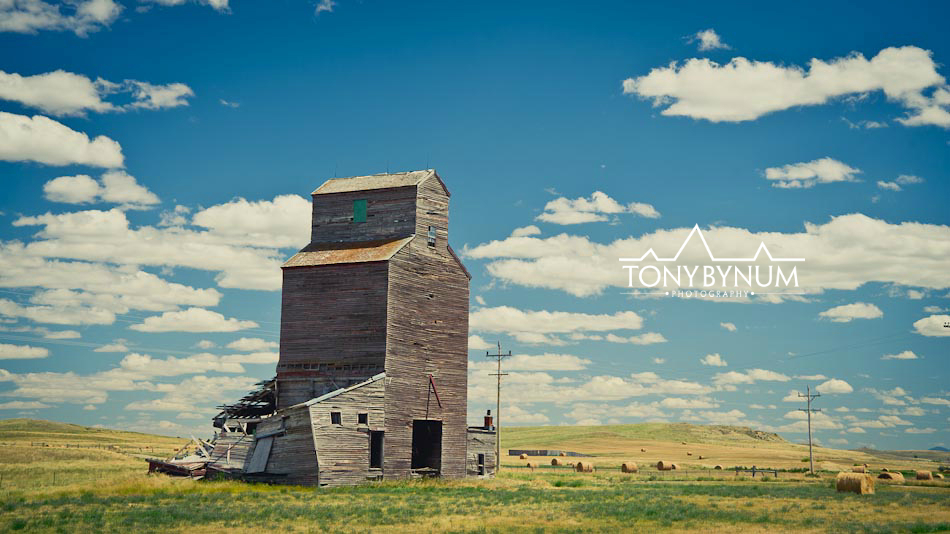
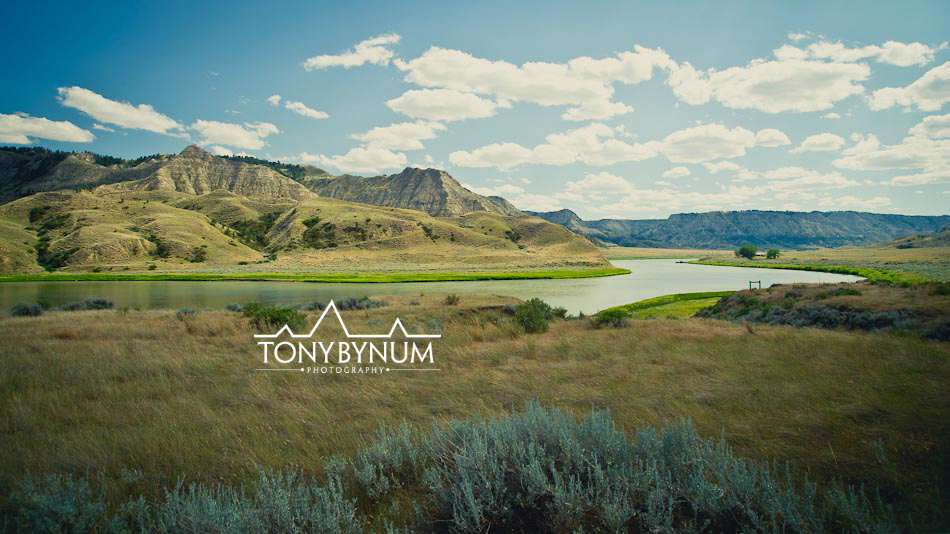
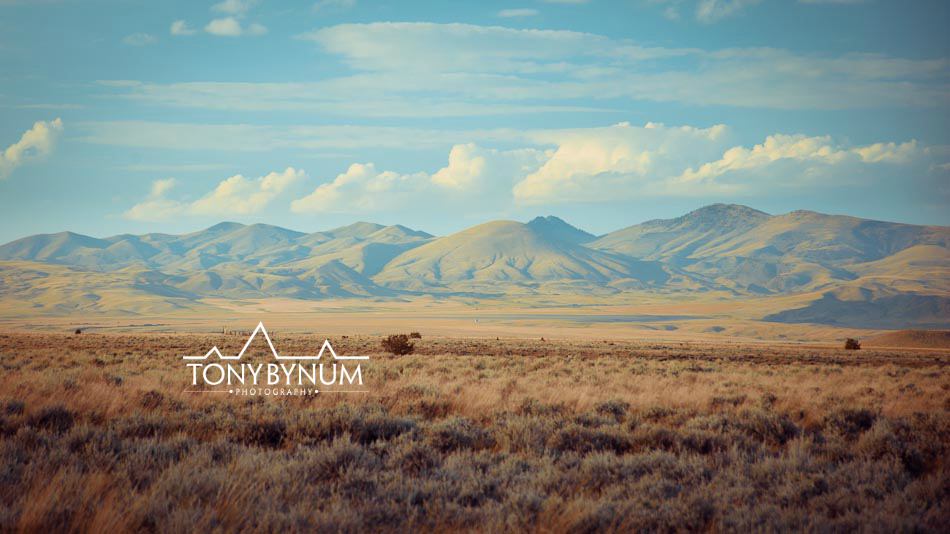
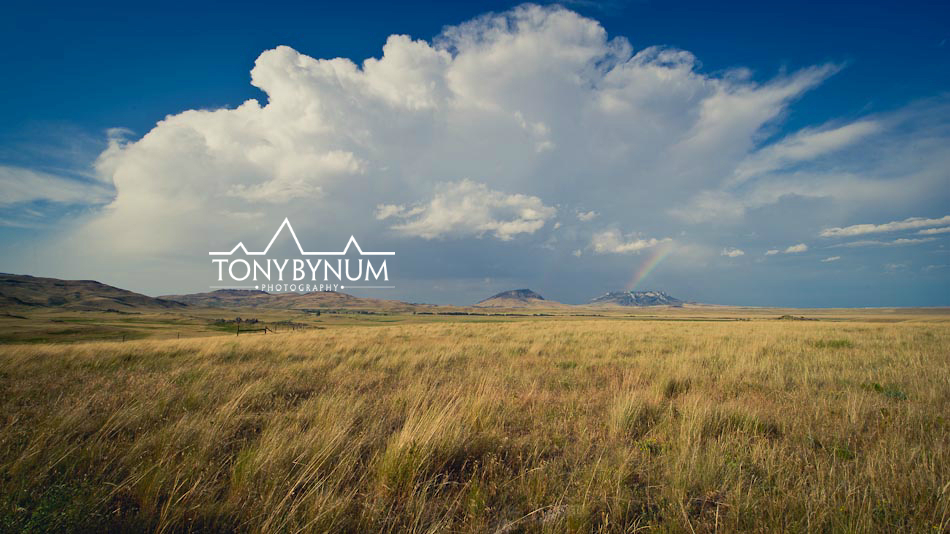
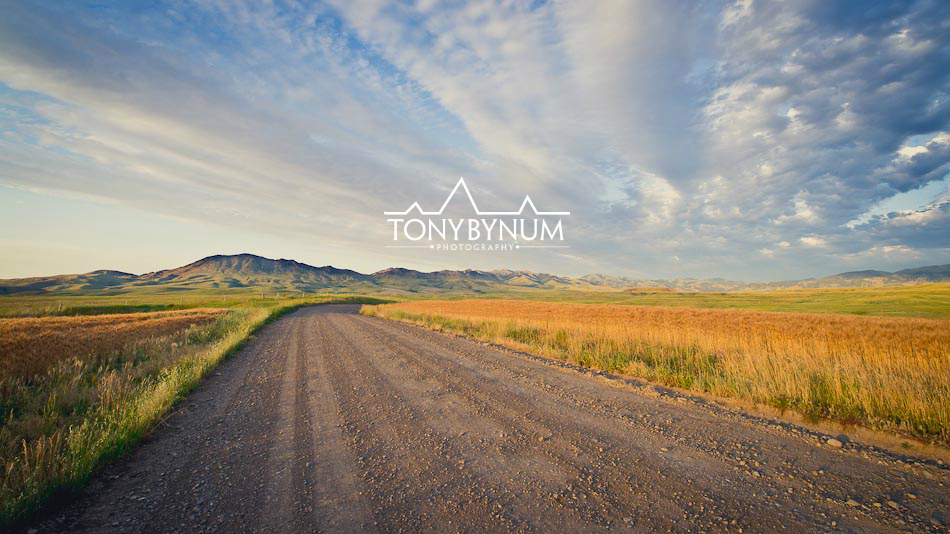
Have a Merry Christmas!
Tony Bynum
@tonybynum
Lands with Wilderness Characteristics - Montana Short Grass Prairie - roads, ways, routes? Who cares . . .
Greetings! It's been while since my last post, I'm sorry for the delay, we've been out trekking though the last of Montana's native, short grass prairie lands south and west of Glasgow, Montana. We covered 1500 miles over the course of that week exploring the vast network of roads, ways, trails, and routs. Along the trail, we met some great people like the gas station owners in Saco, MT and a ranching couple that live 70 miles from the nearest store. We explored some fantastic, wild prairie and badlands, and had a lot of fun along the way! As you know, we're out looking for and photographing lands with "wilderness characteristics." The Bureau of Land Management (BLM) is responsible for inventorying the public lands under its jurisdiction for their wilderness characteristics. Basically any area with 5,000 acres or more can contain areas with wilderness character. Now surely not all areas qualify, but 5,000 acres, unless it's a truly unusual land form, is the minimum area that can qualify. Roads and property ownership define the boundary's of each area. The presence or absence of roads, and the area's solitude along with its opportunities for primitive recreation are additional attributes the BLM uses when inventorying its lands for wilderness character. The BLM, is required to keep an inventory of all of it's lands and resources, including those with wilderness character.
We've learned after talking with a few BLM folks, that defining what's a road and what's a, "way" as it relates to wilderness characteristics inventory, is not as simple as the legal definition of a road make it sound. Without getting much further into the weeds, lets just say that we've found that most of what are being called roads in this area are really "ways" -- user created and maintained by vehicle traffic mostly during the fall and almost all associated with hunting -- and do not, therefore, in our estimation meet the definition of a road. The BLM uses the definition of a road found in the federal lands policy and management act and defines a road, for the purposes of wilderness characteristics inventory in this way,
"roads [are road] which have been improved and maintained by mechanical means to insure relatively regular and continuous use. A way maintained solely by the passage of vehicles does not constitute a road" (guidance: "wilderness characteristics inventory," manual 6301, page 15, February 25, 2011). As of March 2012, BLM is operating under the new, final manual 6310, "Conducting Wilderness Inventory on BLM Lands." (3/15/2012).
As this video will show, the area along the route, that's before the dry creek crossing looks to us more like a "way," than a "maintained by mechanical means to insure relatively regular and continuous use." The video is sped up to turn a 40 minute ride into a 4 minute one.
In most places along these and other routes, there is no evidence that the BLM has ever mechanically maintained them. Mainly there is evidence that "continuous" means a few times per year, and it is almost impossible to find, beyond the few main county roads, routs that are mechanically maintained or continuously used.
Leaving behind that issues for awhile, we would be remiss if we failed to mention the amount of sincere respect and admiration we have for the people who live and work in this harsh yet spectacular landscape. It is wild and dry, with hard bentonite soil that can be as unforgiving when wet as it is when dry. The farmers and ranchers are challenged with knowing when to drive on which roads, when that perfect time is to sew the seeds, harvest and work the land, and how to move the cattle through the numerous drainages.
We have also found that our presence in the area was cause for local concern. While the project we are completing is in the public interest, and on public land, many of the people think we are out to designate more wilderness areas (read about the issues with this and other conservation projects in this region), but we're not, that's a job for Congress; we are out inventorying the land in search of areas with wilderness characteristics in the same way that the BLM is required by law to do.
In fact, the BLM has just completed it's own surveys of lands with wilderness characteristics and it will explain what it found later this fall when three Resource Management Plans are released for public review and comment; the draft Hi-line, Draft Miles City, and Draft Billings area Resources Management Plans. In one case we were flatly denied access to BLM across a piece of private land because we were specifically looking at that area for it's wilderness characteristics. The people who denied us access lease the land for grazing and are very much afraid that the government is going to kick them off their land and turn the area into a national park. . . I'm not making this up. There were other's who voiced similar concerns.
Much of this area also borders the Charles M Russell Wildlife Area, or "CMR." This area is prime habitat for elk, big-horn sheep, mule deer, and antelope. However, we have seen almost no pronghorn, mule deer, or whitetail despite this being prime habitat. The antelope and whitetail deer suffered almost a 95% die-off during the winter of 2010-11 due to record snow. So much snow that the only way the animals could move around was to use the rail-road tracks. Hundreds of pronghorn (antelope) were killed at a time when the trains came through. Still more fled the deep snow south across the frozen Fort Peck Lake and were unable to return in the spring when the ice thawed - some even drowned attempting to return to this area. Later that spring, the whitetail deer suffered a disease which devastated their numbers. The loss is evident as we have seen only a handful of pronghorn or deer when historically we'd have seeing hundreds a day.
Bentonite . . . what is it? Bentonite is the dark, hard, cracking, dry soil that comprises much of this landscape. As I look over the area much of it is bentonite bad-lands, some flat, some steep sided, but all clay! Bentonite is clay. We passed an abandoned bentonite mine that we were told produced one rail car load before closing down. This soil, if you can call it that, is tough when dry, and clay-like when wet. It can absorb as much as several times its dry mass in water and makes a perfect seal when wet. It is used in products such as kitty-litter as well as for the lining of bore holes for drilling wells.
We experienced firsthand the power of this substance when we sunk to the axle while trying to cross a creek bed we were sure was dry. It took us upwards of 2 hours digging the clay by hand out from under the front axle to get us out. As we were working there was a perfect sunset and full moon rising that we missed…of course. I also can’t believe we didn't get a photo of the whole ordeal. All we have left is the clay caked shoes, clothes, and clumps of bentonite forever be stuck to the underside of the rig.
This is the image I captured the following evening. . . It's a bit flat, due to haze and clouds, but the softness of it adds a warm, inviting aspect that often we miss as landscape photographers.
We now are home for a few days to catch up and start working on our reports and maps. Anyone know ArcMap? Ugh! Stacy's brain is being put to the full test. Next stop, the Mussel Shell, Ekalaka, and then back to the short grass prairie area! We can’t wait!
If you'd like to follow along on this prairie adventure be sure to add your name by signing up - upper right hand corner there's a link - or follow us on facebook . . . http://www.facebook.com/tony.bynum
Tony Bynum
How I learned Photography - Part 2 - Photographic Inspiration
Where my inspiration comes from. This is part two of a two part question. I answered the first part in a previous blog post, how did you learn photography. In this post I'll answer the question, "where do you get your inspiration." The answer might surprise you. I don't get my inspiration from Ansel Adams or the great works of other master artists and so on. My inspiration comes from my core. It's organic, and from the heart. Inspiration is what gives us the energy, or the spirit to create. Fortunately, I seldom lack the energy to create, just put a camera in my hand and I'm off to the races. I really enjoy the process of creating. Lets dig a little deeper into inspiration. By inspiration you may really be asking what's behind my creativity. Being inspired is the energy to do. Creativity is part of the act of crafting, or making the photographs. Seeing light and feeling the energy from the sun for example inspires me. I get inspired when I'm just being. I have found, over the years, that my inspiration happens when I'm paying very little attention, or more specifically, when I'm more or less ignoring what's going in the world, and only narrowly paying attention to what's right in front of my face. This means that whether I'm creating for myself, or for a client, I'm engaged in the subject matter, whether It's a human with a backpack on or a land form, I focus on the subject and my desire to capture it in my own way.
For example, watch a child sometime. They are good examples of how I think I find inspiration. Most children are naturally inspired because everything is new. They dont know enough to know that people are watching them. They don't pay much attention to the bigger world - in fact they don't even know it exists yet, they pay attention to what's right in front of their face. Over the years, as my interest in photography has grown, I've found myself focusing more on what makes me feel, good or bad, and in turn focus that energy into creating images.
Interestingly enough, for inspiration, I almost never look at what other people create - sounds strange right? In fact, I stay away from it as much as possible (I do not recommend this approach, it's exactly opposite what most art educators will tell you to do) but it works for me. I find that my freedom, and knowing who I really am helps inspire me to create unique, authentic, one of a kind photographs. It's all about the moment for me. It's about being able to let go of the rules of life, the hassles and the speed, and let my creativity take over. We live in a world with so many rules that often we have to work hard to allow ourselves - our minds really - to be free . . . My freedom comes from being outside and letting go of whatever is causing me to conform. I don't what to know what other people photograph, I don't really care, as selfish as that sounds, it's really true. Photography is personal for me, it's not about creating things for other people - even though some pay me to do just that, I have to be allowed to put my own creativity into the project. My inspiration is what lives in me. I care about adventure, nature, wildlife, real people, hunting, fishing, birds, and freedom. I use my camera as a tool to capture those things that make me feel. . . The feelings are sometimes good, and sometimes not so good, but the key is to use that energy in a positive way to create and be inspired. It's therapy really, it's just my own organic therapy I guess. I always try to let myself feel, then I turn those feelings into the inspiration.
- Inspiration comes from the heart, and from paying attention to what's right in front of your face. Who would not be inspired by huge clouds, giant bright rainbows, and green fields of flowers all in the same place? Tony Bynum, self portrait. D700, 17-35 2.8 afs, f18, 1/160th, with polarizer. © Tony Bynum, All rights reserved.
In a typical day of photography, I seldom ask myself questions. I almost always just gravitate. I gravitate to the location whether by walking, driving, flying, or boating, and I move into position to take the photograph. Inside my head is a heads-up display, just like what you image from watching Maverick trying to get a lock-on Goose in the movie Top Gun, except without the noise and extra data flashing by. When I step into the "right" location the composition just "locks-on." I don't look at the foreground much, and I don't measure, or make a funny box with my fingers and hold it up to the scene or anything like that, I just move around until the scene, "locks-on," then I make the exposure. I don't think I've ever had "shooters-block," similar to writers block. I'm inspired by what's in front of me, by the sun, by pain, sorrow, joy and laughter. I'm inspired by my own energy and by life itself. What could be more inspiring than being alive? I'm grateful for that.
If you have a follow up question or comment, please feel free to post again - that goes for anyone that's made it this far! And don't forget to find Tony Bynum Photography on facebook where I often post current photos. Thank you, and good luck!
Tony Bynum





